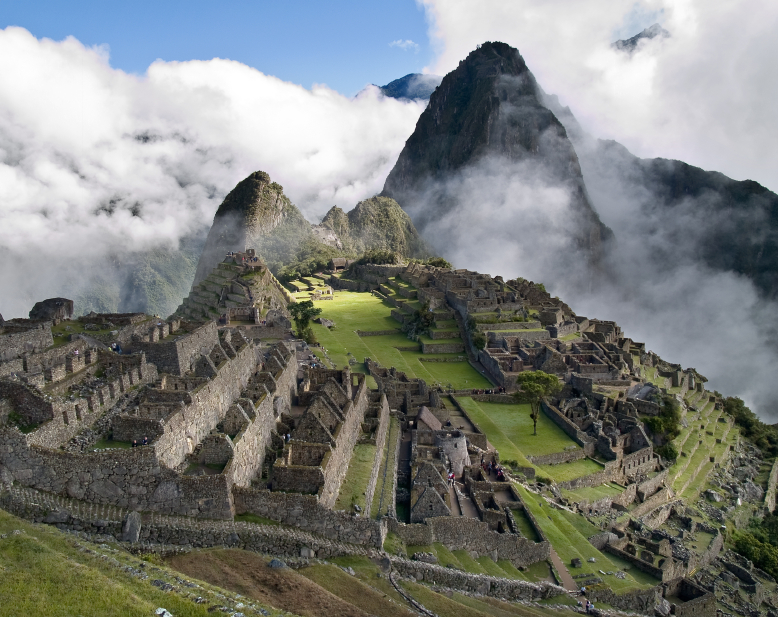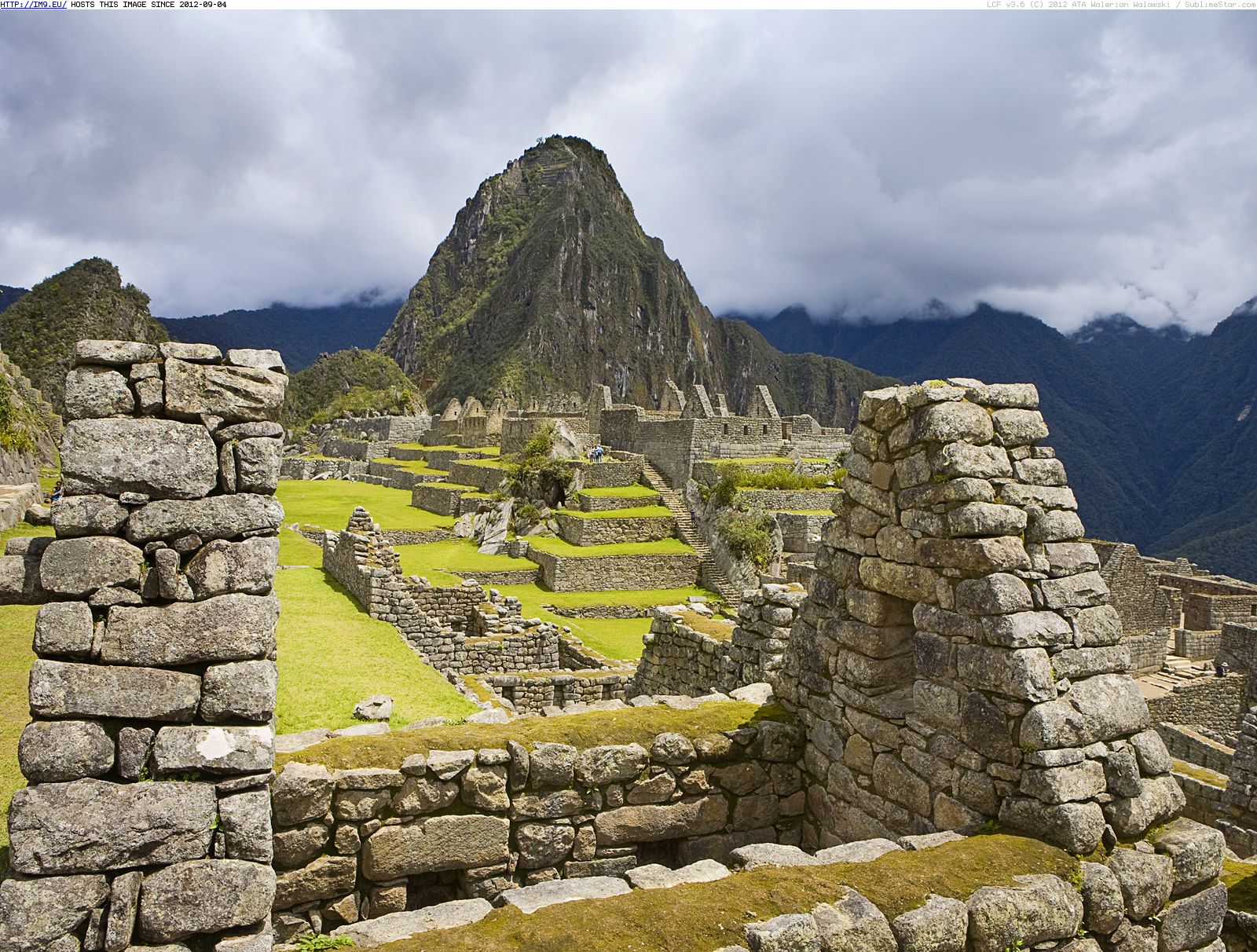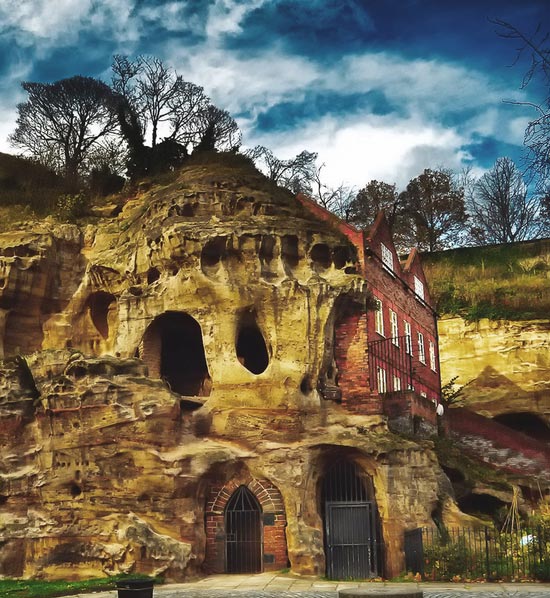Today we will talk about Mount Roraima, one of the oldest formations on Earth, a natural border between Venezuela, Brazil and Guyana in South America. It is also called Roraima Tepuior Cerro Roraima.
There are some wonderful places on Earth that offer such breathtaking views that they might just stick with you forever and ever down in some rusty memory box. And there are others worth discovering that we do not even know about. This site is about unconventional traveling ideas, a place where people can find unworldly landscapes and a new way of seeing things. And this definitely one of them.
Long before the European conquistadors took over these lands, Mount Roraima was considered a symbol of these regions, an “axis mundi”, an enormous tree within which all the vegetables and fruits of the world grow. This mountain, surrounded by 400 meter (1,300 ft) tall cliffs was a place of mystery, myths and legends for the indigenous people that used to live here centuries ago.
Today this unusual looking mountain can be visited by anyone having the will to discover it. The ascend starts in the Pemón village of Paraitepui which can be reached via the town of Santa Elena. Getting to Mount Roraima is possible by taking a plane to Santa Elena de Uairén airport. This is a town in Brazil, very close to the border. From here on, you will see there are buses or shuttles that can get you close to the ascending point- the village of Paraitepui.
Hiking here is not hard and you can also get help from the indigenous population, as they organize tour guides in exchange for a small sum of money. If you are on your own however, try to reserve at least four days for this fantastic journey, as there are plenty of things to see and enjoy up there. Mount Roraima is said to have some of the most fascinating hiking trails in the world.
You should not leave after 2 p.m. from the village as trekkers are no longer allowed after this hour. At the beginning of your climb, your baggages will be strictly checked and you can not take more than 15 kilos with you. So careful how you organize things. Being given that this is a national park , you are not permitted to take rocks or plants along the way.
The top of the mountain measures 2772m, it offers amazing landscapes and establishing a tent around here is possible. However, you should know the weather changes suddenly in this area so be prepared.














Follow Us
Were this world an endless plain, and by sailing eastward we could for ever reach new distances